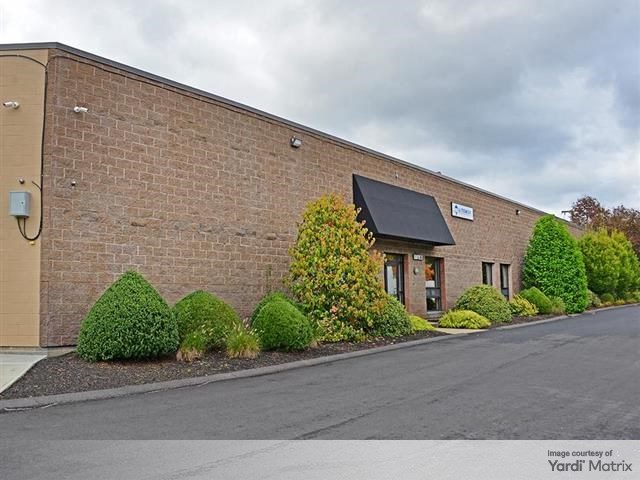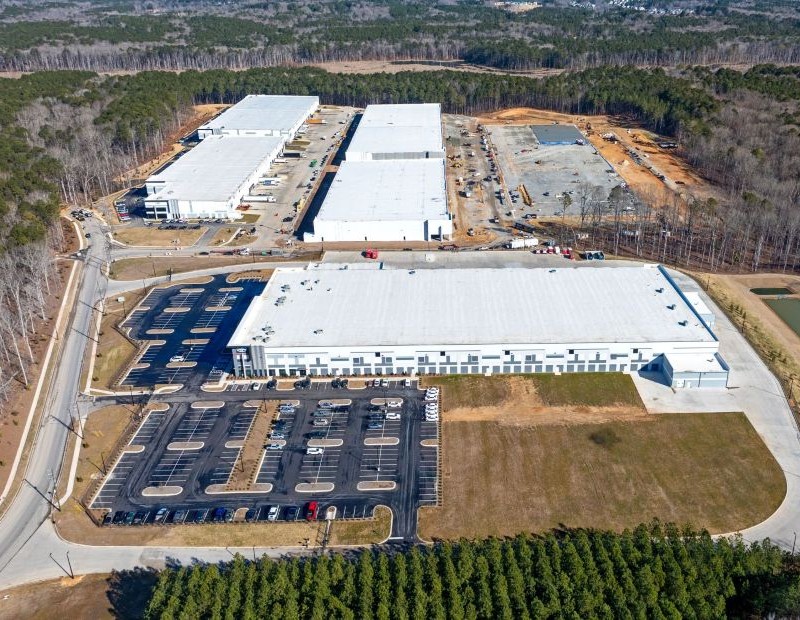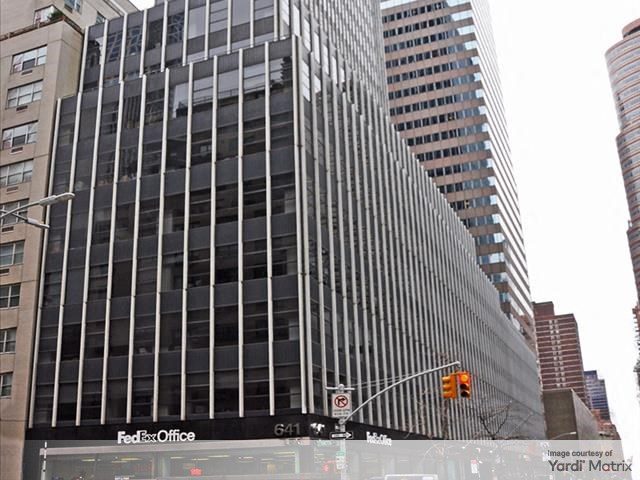Technology Key to Success in M-F Sector
The multi-family housing sector has launched into an upward trajectory that seems to know no bounds, according to industry experts, with apartment transactions reaching $22.1 billion in the third quarter of 2013.
By Keith Loria, Contributing Editor
The multi-family housing sector has launched into an upward trajectory that seems to know no bounds, according to industry experts, with apartment transactions reaching $22.1 billion in the third quarter of 2013, representing a 19.5 percent increase from 2Q.
Ed Wolff, Cortland Partners’ chief operating officer, said that competing on price alone is not a viable strategy, and the smartest buyers are turning to technology to help them close the most lucrative deals.
“The first step to succeeding in this sector is a dedication to resident satisfaction. You can do everything else right, but if the residents are not happy, they will move out,” Wolff told Commercial Property Executive. “The second tip is to focus heavily on maximizing the performance of each property. Focusing on ancillary income opportunities as well as expense control will enable you to drive NOI.”
A third tip he offers is to keep a watchful eye over business analytics and reporting through use of a robust business intelligence platform.
“This is becoming widely known to the industry at large because anyone who walked the floor of NMHC OpTech heard the term “business intelligence” thrown around quite a bit,” he said. “It’s a hot topic and an emerging one. I think you will see sooner rather than later that collecting and acting upon business intelligence is going to shift from an idea talked about on a conference floor to reality where those who don’t figure out how to engage in it properly start feeling negative effects.”
According to Wolff, Cortland Partners has seen great success from its implementation of InfoTycoon this year, world’s first enterprise-class platform designed from the ground up to collect and manage data throughout each phase of the multifamily asset lifecycle – acquisition, renovation, operation, disposition.
“We are acquiring 3,000 units a quarter and the need for technology to streamline the process is critically important to ensure we capture the pertinent information from a capital expenditure perspective,” he said. “Technology has slowly been creeping into the multi-family housing industry for a while now, but it has had trouble reaching critical mass. Technology is finally getting to the point where the data is coming together to save time and money.”
For example, in acquiring a property, it used to be that inspectors walked each unit, noting specific conditions and what needed to be replaced. Once a deal was signed, the maintenance team went back to evaluate all of the noted problems to formulate a plan on how to address each issue.
“Once we started using InfoTycoon, we were able to cut out that second inspection because the inspection that we conducted during due diligence was so accurate and comprehensive that the maintenance team could use that information to fix each problem without having to re-inspect the units,” Wolff said. “Further, every serial number is captured, so our team can cross-reference warranty information to see if any appliances in need of replacement are covered, and that’s a significant savings.”
Plus, the information gathered using the platform was much more comprehensive: photographs become part of the record, and the custom inspection sheet indicates various condition levels so the company can anticipate when items will need to be replaced or repaired in the future.
Technology has enabled the industry to be more effective, more efficient, and more productive, and it appears it will be the driving force of the future.
“I think 2014 is going to be the year for the industry to focus on leveraging apartment intelligence through a robust business intelligence platform,” Wolff concluded. “The ability to report, manipulate data, and monitor trends will become increasingly important because institutional capital wants information real-time in a format it can understand.”
Looking forward, Wolff predicts that he will be able to point to examples of trends the software has enabled the company to identify and actions it has pointed it to take that have led to better capital budgeting and increased resident satisfaction.








You must be logged in to post a comment.